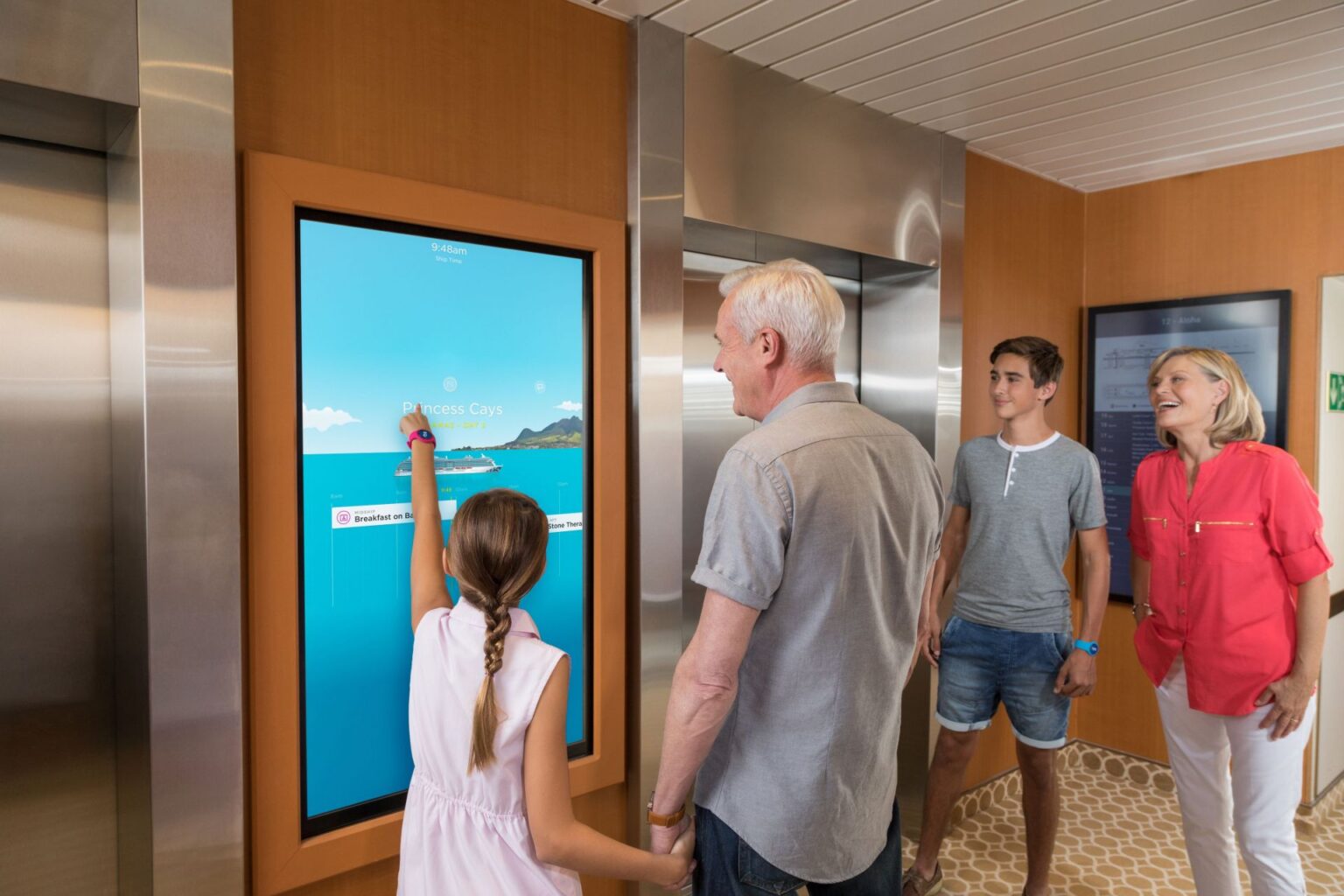
Accepted wisdom tells us that to be first in the enterprise world is to gain a significant benefit. The ‘first mover advantage’ can allow businesses to establish its brand in the market, take its pick of resources and drive huge profits. In some instances, it can even allow companies to entirely corner a market.
When Sal Visca joined Elastic Path in 2011, he saw the opportunity to do just that. “I found a company that was doing some pretty innovative things, using a lot of open source technology and building some really powerful ecommerce platforms and solutions. We could see a move towards touchpoints and connected devices so we wanted to get ready for that world,” he tells Digital Bulletin.
Visca arrived with a stellar background; having spent 12 years at IBM building enterprise technology to help companies link their back-end systems with the likes of SAP and Oracle, he joined a company called Business Objects in the analytics space. It was snapped up by SAP in 2008 for $7 billion, after which he remained as CTO, building SAP in-memory systems.
“It was a really good way to understand data and how you can extract insights from data. That plays very well into some of the trends and technologies we see now, such as AI. I’ve had a good mix of technologies,” he says.
But when Elastic Path went to the market in 2012 with a vision to phase out suites and replace them with commerce solutions that could be embedded into digital experiences, the reaction was lukewarm.
We wanted to get rid of the feeling that you’d stepped into the ugly checkout process
“When we went to companies with an API-first, headless commerce platform in 2011 and 2012, people looked at us like we were the strangest thing ever, people couldn’t understand why they would want to do that,” Visca recalls. “But we saw a lot of value, we knew it was the way to go for experience-driven commerce.”
At the time, companies typically used content management systems from providers such as Adobe, Drupal and WordPress, which could build aesthetically pleasing experiences for web, mobile and eventually apps. But at the point consumers were ready to make a purchase, they would commonly be directed to a checkout template completely at odds with what had gone before.
Against that backdrop Elastic Path pressed on, confident that its offering would land. “We tried to show the value proposition by separating the front-end from the back-end and deploying purpose-built technologies that let you focus on the user experience and then embed the ecommerce into the user experience without it being jarring. We wanted to get rid of the feeling that you’d stepped into the ugly checkout process,” says Visca.
After a stuttering start, it is an approach that has borne fruit; today Elastic Path provides its ecommerce solutions to a plethora of companies in the B2B and B2C spaces across a number of sectors, including retail, hospitality, travel, telco, industrial and automotive.
“Marketing teams love it because it lets them react quickly in the market,” adds Visca. “If a competitor puts out an offer or product, they can follow it the next day in the self-service model because the APIs are published and exposed and easily connected into the content management worlds they live in.
“Organisations are able to be more agile and develop a flow to what they do. This is technical agility enabling business agility, and the business users love it, because it allows them to be proactive and get ahead of the market. In the past, some of these things would have taken an IT team a fortnight to get to.”

A key client of Elastic Path’s is T-Mobile, which utilises the ecommerce platform to sell handsets, mobile packages and data plans. Its technology, says Visca, satisfies the separation of concerns that exist within the business.
“The IT group is able to put out that platform based on Elastic Path and expose the APIs, while the front-end marketing team is able to build the experience the way they want and be able to connect into the API that powers the commerce,” he says.
“So, you have all of the security and reliability the IT teams take care of but they can get out of the way in terms of how that gets exposed and manifested through the user experience. It lets teams work independently and concentrate on what they do well. It’s been extremely powerful.”
Another compelling partnership has been developed with Carnival Corp. It is the world’s largest travel leisure company, with a combined fleet of over 100 vessels across 10 cruise line brands, including Princess Cruises, Cunard, P&O, and Costa. The company offers a customer experience known as MedallionClass, which is powered by Elastic Path. Before on-boarding, travellers are given a wearable device, which can be worn as a watch or a necklace, that links up with thousands of touchpoints across their ship.
At each touchpoint, customers can carry out a multitude of tasks, from ordering drinks or making dinner reservations, to viewing their itineraries and booking excursions at their next port of call.
“It is something I’m really passionate about and a microcosm of the way I think the world is going to be. It has connectivity at its heart. As a use case, it is helping define what levels of personalisation consumers are comfortable with.
“For example, if I were due to reach Jamaica tomorrow, it would show me my excursion options and would even tailor them to me. It would know if I have a certification in scuba diving and offer me that option first, and offer me the option to have a beer on the beach ready for me when I’m done, and a bottle of champagne in my room. It can then book you in for the theatre or dinner.
“It helps to maximise the time of the customer, so personalisation helps do that. I think about my personal data being currency and on a ship, I’m prepared to spend some of that data getting a better experience and maximising my time. It is fascinating for me because this is not a consumer having to go to a shop, its commerce coming to them, but it is led by experience and not transaction. It can also help identify trends in terms of popular excursions, so it allows people to be more dynamic in terms of the experiences they offer. It has been amazing.”
This is technical agility enabling business agility, and the business users love it
Elastic Path added to its product offering earlier this year, with the launch of its Commerce Cloud. It is a SaaS version of its solution, accessible via a web browser, which frees customers from setting up the software and managing their data servers or on third-party cloud-based servers.
“We have traditionally sold platforms that sit in data centres and more lately in public cloud, so AWS or Azure,” says Visca. “That takes some work with integration, and with ecommerce you typically have many systems to integrate with, up to 15 or 20 sometimes, split between on-prem and cloud.
“High-end organisations have the capability to do that in a way that works for them. Other organisations might not want to go through a four or five-month project, maybe they want to start with something small. This offering that lets them quickly get set up, and someone else can manage it for them and the ongoing maintenance.
“The beauty is that those companies may find it is working for them and they want to do a lot more or take it over, which they can do. But if they’re using another product in the market they are never really going to completely own it. It’s a bit like buying an apartment in a large complex, you can change the interior, but you’re not going to be able to blow out walls or extend into your neighbour’s place. Whereas we provide something you can build on top of or extend. It has the ease of renting an apartment with the option of building out.”
While Elastic Path may have been early to the party, the company has stuck to its guns. Looking forward, Visca believes that the convergence of new technologies will take its offering to yet another level.
“Organisations have so many ways for you to transact with them, and there are clear advantages and cost saving potential for companies with one unified commerce engine.
“There is a confluence of things happening in the market and we think it is the right time for this technology, it is set up beautifully. Take 5G for example, and the low latency it offers. It is perfect at all touchpoints, you can effectively have cloud computing at your fingertips with a mobile device. That’s something to be super excited about.”


